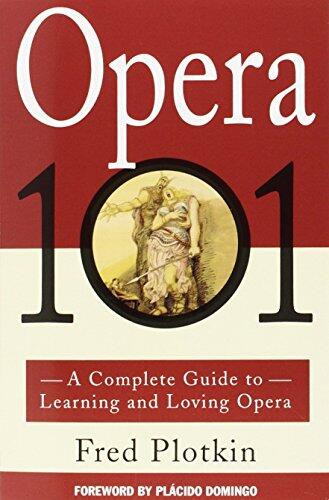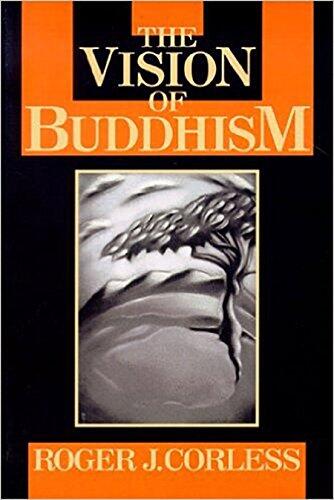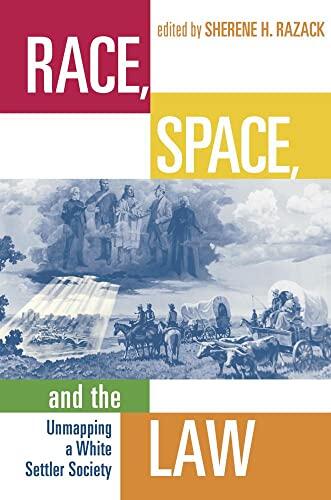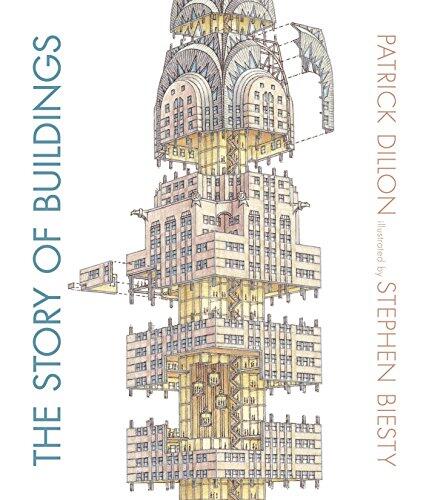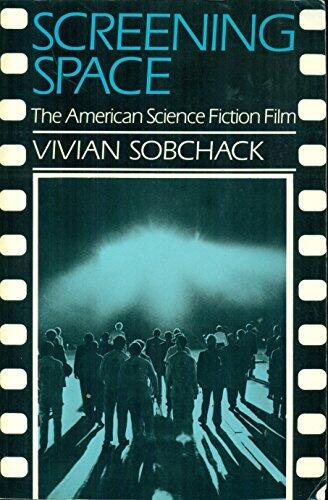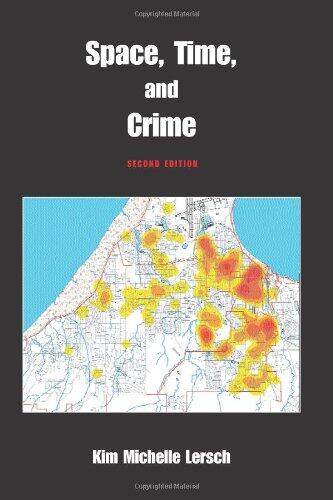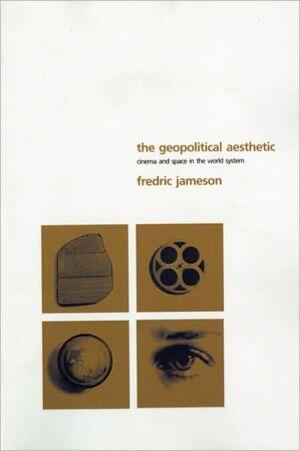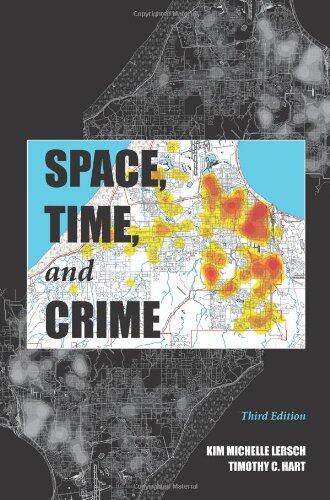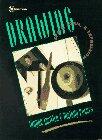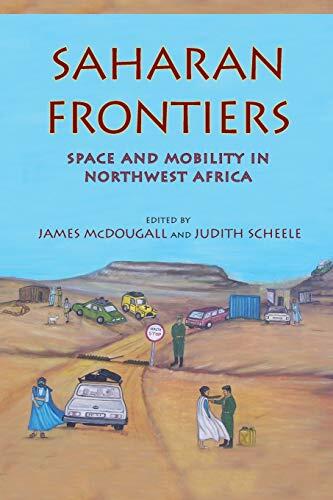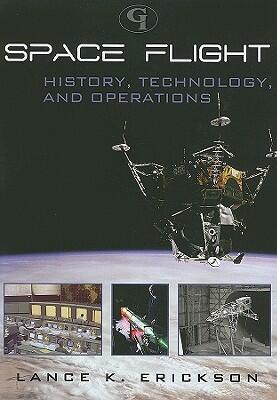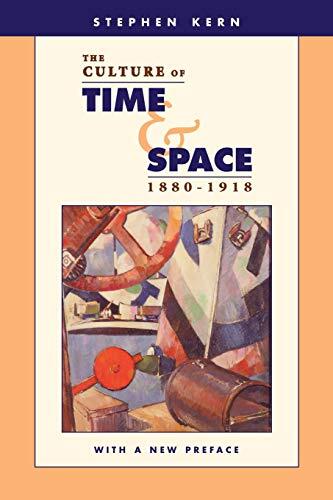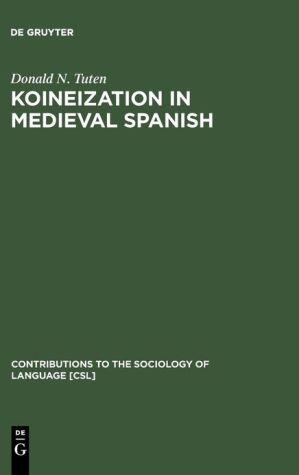
Koineization in Medieval Spanish
Inga betyg ännu
Romance
History
Format
Inbunden
Sidor
356
Språk
Engelska
Publicerad
Jun 19, 2003
Förlag
Walter de Gruyter
Utgåva
Reprint 2012 ed.
ISBN-10
3110177447
ISBN-13
9783110177442
Beskrivning
In this exploration of medieval Spanish, the author delves into the intricate processes of language change and adaptation. The focus on koineization—the blending of different dialects and languages—highlights the dynamic interactions that shaped the Spanish language during a transformative period in history. Through detailed analysis, the work seeks to uncover the sociolinguistic factors that drive such changes, providing insight into the cultural and social contexts that influenced them.
Tuten draws on a variety of historical sources, linguistic data, and sociological theories to illustrate the complexities of language evolution. He argues that understanding these shifts requires a multi-faceted approach, addressing not just the 'how' but also the 'why' of linguistic change. This framework allows for a richer comprehension of how languages can forge new identities while simultaneously preserving elements of their origins.
The author emphasizes the importance of community interactions and historical circumstances, arguing that these elements play a crucial role in language development. The text sheds light on the often overlooked nuances of medieval Spanish, revealing an intricate tapestry of influence and adaptation. Tuten's rigorous analysis also opens up avenues for further research into the broader implications of language change within sociocultural contexts.
Ultimately, this work contributes to a deeper understanding of sociolinguistics and the historical evolution of Spanish. With its engaging and scholarly approach, it invites readers to appreciate the rich linguistic heritage shaped over centuries by the complex interplay of society and language.
Tuten draws on a variety of historical sources, linguistic data, and sociological theories to illustrate the complexities of language evolution. He argues that understanding these shifts requires a multi-faceted approach, addressing not just the 'how' but also the 'why' of linguistic change. This framework allows for a richer comprehension of how languages can forge new identities while simultaneously preserving elements of their origins.
The author emphasizes the importance of community interactions and historical circumstances, arguing that these elements play a crucial role in language development. The text sheds light on the often overlooked nuances of medieval Spanish, revealing an intricate tapestry of influence and adaptation. Tuten's rigorous analysis also opens up avenues for further research into the broader implications of language change within sociocultural contexts.
Ultimately, this work contributes to a deeper understanding of sociolinguistics and the historical evolution of Spanish. With its engaging and scholarly approach, it invites readers to appreciate the rich linguistic heritage shaped over centuries by the complex interplay of society and language.
Recensioner
Inga recensioner ännu
Bli den första att recensera denna bok och dela dina tankar
Lägg till första recensionenLäsdagbok
Inga läsloggar hittades
Börja spåra dina läsframsteg för att se loggar här
Lägg till din första läsloggAnteckningar
Inga anteckningar hittades
Börja skriva anteckningar för att se dem här
Lägg till din första anteckningTransaktionslogg
Inga transaktionsloggar hittades
Börja spåra dina boktransaktioner för att se loggar här
Lägg till din första transaktionslogg